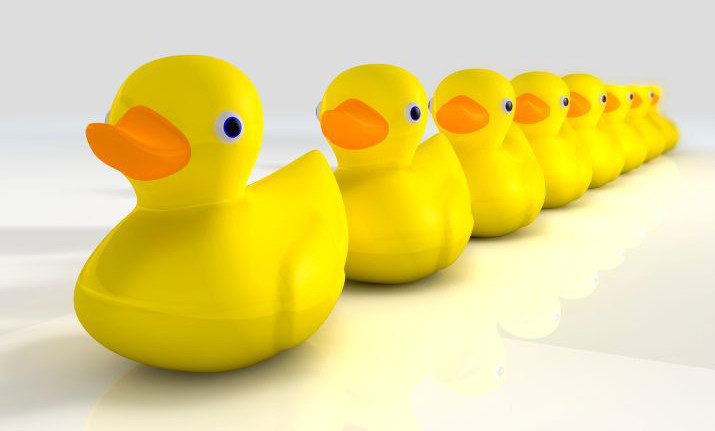
As many as 31% of the electorate yet to make their mind up on independence.
It may be delivered more with hope than confidence right now but “the year of Yes” is a phrase you’ll be hearing a lot in the coming months.
The glacial progress towards the independence referendum it is now 32 months since the SNP was elected with a mandate to hold the poll has been given some much needed impetus with the arrival of 2014.
The start of the year will spark a flurry of activity on both the Yes and No sides, but for many Scots the big decision is still competing with the day-to-day pressures of families and finances.
So when will the undecided voters actually start peeling off to the Yes and No camps? They are crucial, as some polls claim as many as 31% of Scots have still to make their minds up, so they will swing the referendum result.
We have still to see the full impact of the White Paper on the polls, though early indications are that it is not the game changer that was hoped for by the SNP administration.
The next milestone beyond that comes in the spring when the pro-Union parties will unveil what they would do differently with devolution if there is a No vote.
Better Together leader Alistair Darling says the economy will be uppermost in voters’ minds rather than any such constitutional navel-gazing but polling expert Professor John Curtice says the issue of more powers for Holyrood does have potential pitfalls for the pro-Union side.
Speaking earlier this week he said: “There is one point in the year when things could go pear-shaped and that is the Labour and Conservative conferences. The big issue on which the No side needs to get its ducks in a row is on more devolution.
“Both parties have their own divisions internally, let alone the question of whether they could agree a position with Lib Dems.
“So for the Yes camp, if the polls have not started narrowing by February, their one hope is that the No parties screw up in the spring.”
Alex Salmond and Yes strategists have always eyed a late surge as the key to winning the referendum given the majority of Scots have been traditionally sceptical of the move.
It is with this in mind the First Minister is desperate to take on the Prime Minister face-to-face in the weeks leading up to the September 18 vote.
Today Mr Salmond has written once again to David Cameron, challenging him to a televised referendum debate knowing that it could be a huge swing factor for undecided voters.
The idea has been swatted away by Downing Street thus far, but polling commissioned by the SNP shows the idea has support both north and south of the Border.
A survey of 1,000 voters in Scotland found just under two thirds back the idea of a Cameron v Salmond TV debate, while a poll of 1,000 voters in the rest of the UK found 54% in favour of the move and only 24% against.
Crucially, among the people in the rest of the UK who voted Tory in the last General Election, 57% want a Salmond/Cameron debate with 34% against.
Cameron has dodged the push for a debate so far but may yet have to U-turn if the polls tighten significantly or it makes him look weak in his more electorally prized areas of England.
The pollsters have been talking down the impact that big 2014 events such as the Commonwealth Games and the 700th anniversary of the Battle of Bannockburn will have on voters, but the truth is we won’t really know until they are under way what effect they will have.
For the next nine months, any hint the Scottish Government doesn’t know what it is doing when it comes to something like the organisation of Commonwealth Games will dent the confidence of those tentatively dipping their toe on the Yes side.
In addition, how both the UK and Scottish Governments deal with global or domestic events from natural disasters to security scares in the coming months will also shape many voters’ views.
To extend the infamous mangled comment from former US Secretary of Defence Donald Rumsfeld, the “unknown unknowns” may yet be crucial in deciding the direction of the undecided voter.

Enjoy the convenience of having The Sunday Post delivered as a digital ePaper straight to your smartphone, tablet or computer.
Subscribe for only £5.49 a month and enjoy all the benefits of the printed paper as a digital replica.
Subscribe